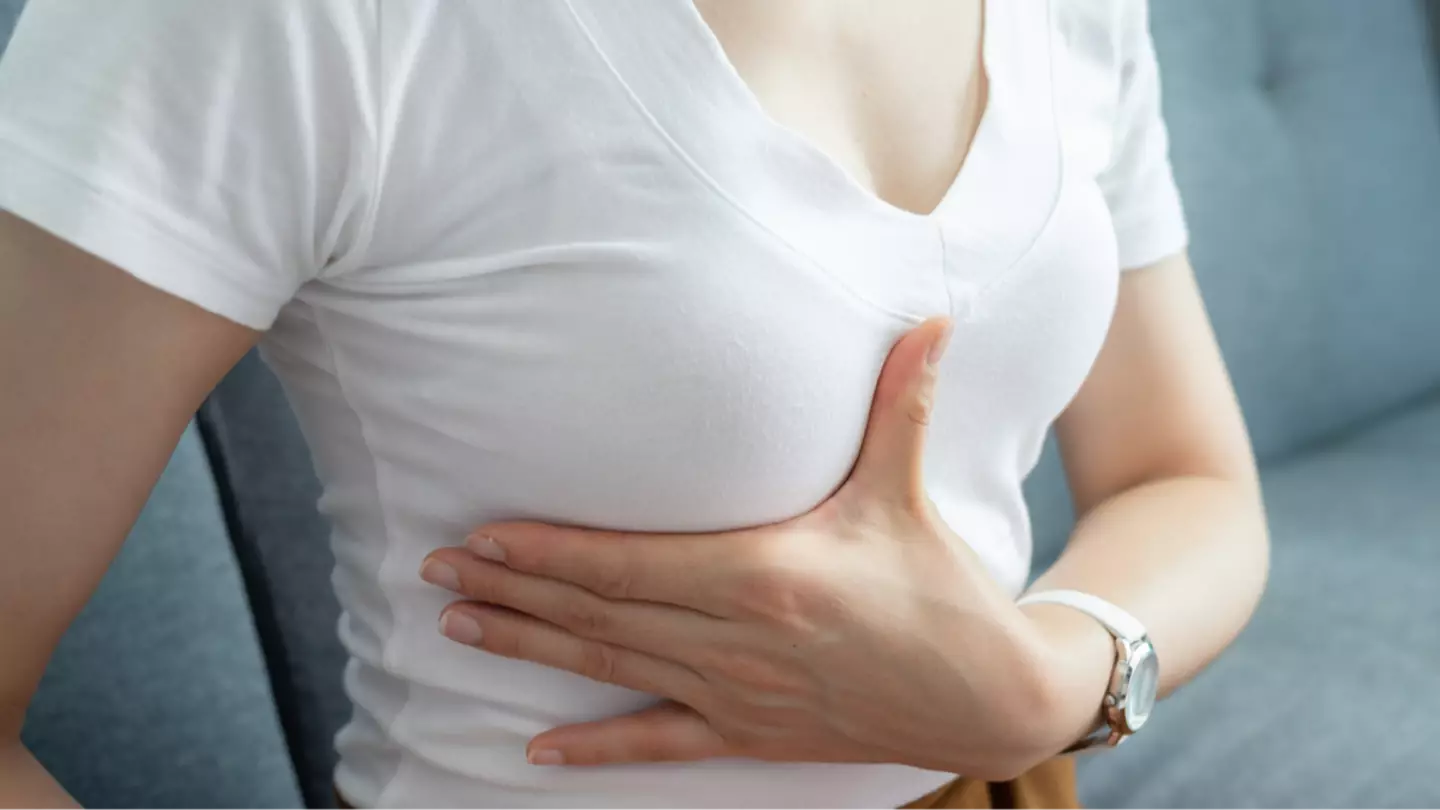
A top doctor has revealed how women can find out if they have dense breasts - a condition that not only raises cancer risk by up to six times but also makes tumors much harder to spot.
The warning lands on World Dense Breast Day (September 24), which shines a light on something affecting about half of women over 40 in the US, and while the wording of the name might sound like something you’d notice by touch, the reality is very different.
“It’s like trying to spot a snowball in a snowstorm,” Dr Badri Konety, an oncologic surgeon and chief medical officer at Astrin Biosciences, explained to the New York Post.
Breasts are made up of fatty tissue and fibroglandular tissue, and on a mammogram, fat shows up dark and fibroglandular tissue shows up white - the more white there is, the denser the breasts.
Advert
"Smaller breasts can be extremely dense while larger breasts can be entirely fatty,” Konety explained, pointing out that density has nothing to do with size.

As for who is more likely to have dense breast, genetics, age and race all play a role. Asian women tend to have more dense tissue, Black women usually have more overall tissue but less density, and younger women are generally denser until menopause kicks in.
The problem is that dense tissue increases cancer risk dramatically. It contains more cells that can mutate and higher levels of hormones that help tumors grow. It can also fuel inflammation and disrupt the immune system - basically setting the stage for cancer.
Advert
On top of that, mammograms aren’t as reliable. While they detect up to 98 percent of cancers in fatty breasts, accuracy drops to as low as 30 percent in extremely dense ones.
"Women with dense breasts have two to five times more interval cancers, and these tend to be discovered at later stages,” Konety warned.
The frustrating part is that you can’t feel the density. Konety explained: “Density is about internal architecture, not how breasts feel externally."

Advert
That’s why mammogram reports now have to tell you if you fall into the dense' or 'not dense' categories, ranging from A (mostly fatty) to D (extremely dense). Most women only find out after their first mammogram, which is recommended at the age of 40.
As for how women can combat it, the healthcare professional says women with dense breasts should push for more personalised screening, which could include ultrasounds or MRIs - though not all insurers cover them.
There’s also hope in new tech, with Astrin Biosciences developing a blood test that scans over 7,000 proteins and could detect cancer signals even when mammograms miss them.
"For the 42 million American women with dense breasts who’ve been told their mammograms might miss cancer but offered no practical alternatives, this represents a potential game-changer,” Konety said.
Advert
It’s not available just yet, but his advice is clear: “Know your density, understand your options, and don’t accept ‘come back next year’ if you’re uncomfortable with mammography’s limitations in dense tissue."
Topics: Breast cancer, Health, Cancer, US News, Science